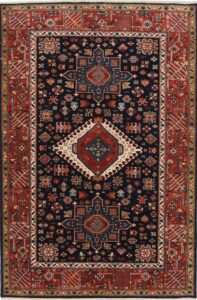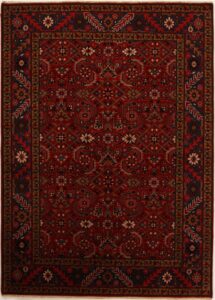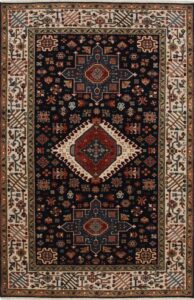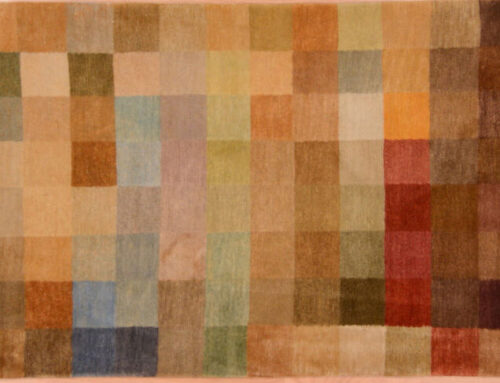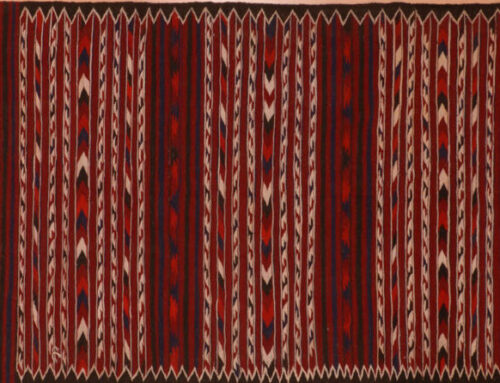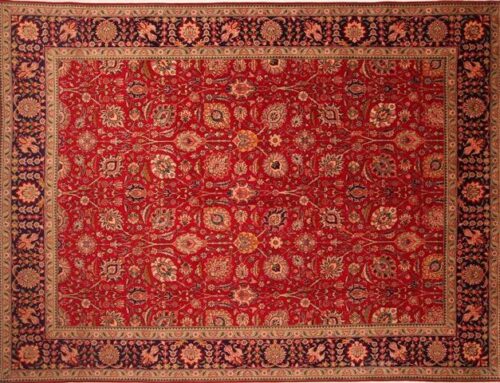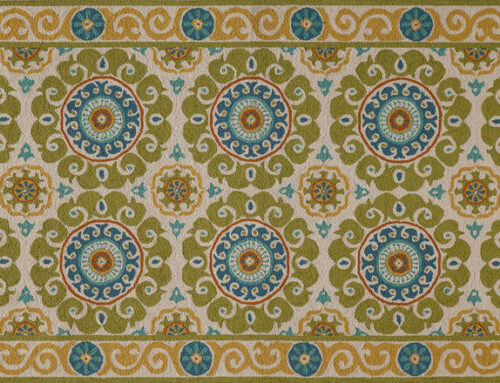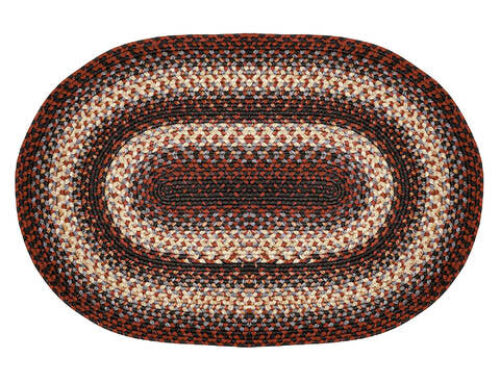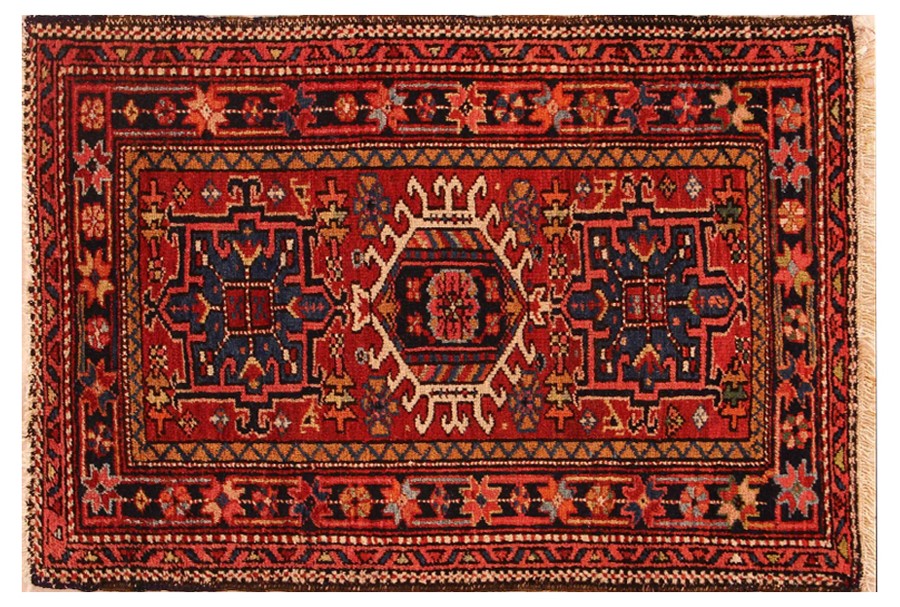
Origin of Karajeh Rugs
The Karajehs or Karadjehs are hand-woven Persian rugs made by Turkish nomads living in the mountains and valleys between Tabriz and the Caspian Sea, in Northwestern Iran.
History of Karajeh Rugs
This ancient region of Iran is very renowned for rug weaving. It has a rich history that dates back a long time. Here, in these rugged and mountainous conditions, much like many other parts of Iran, almost all the men and women have the talent and skill to weave high quality carpets by hand, with no use of modern technology whatsoever.
In some cases, rug weaving is the family’s main source of income. They trade the rugs in nearby cities with local merchants for staples and necessities of the home. A few regions and towns that are included in this Turkish region of Iran are Ardabil, Bakhshaish, Karajeh, Goravan, Heriz, Mehraban, Sarab, and Shahsavan.
Their weaving style originates partly from Mongols who invaded Iran in the 13th century, and settled the northwest. This historic region of Iran and some parts of Turkey and Uzbekistan have really been significant in the forming of the present day carpet industry. Carpet weaving has long been a custom of theirs and they continue to weave them everyday.
Characteristics of Karajeh Rugs
Karajeh rugs are very tough. The sizes of these rugs vary but it is safe to say that the Karajeh are mostly small rugs and runners.
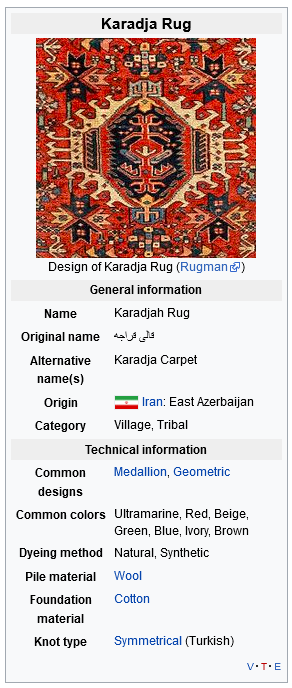
Karajeh Rug Infobox | © WikiRug
When bigger rugs are made in these regions, they are usually given other names such as Heriz, or Goravan. This lovely rug will be a warm addition to any home and its beauty will always remain invaluable.
These rugs are generally very sturdy and hardwearing and they still use the brilliant weaving techniques that they used thousands of years ago.
-
Material and Knots
Weavers of these regions usually use their own symmetrical Turkish double knotting style, which tends to be dense and tightly packed down. The asymmetrical Persian knot can also be seen in cities such as Ardabil.
The pile of these rugs is thick lustrous wool, handspun from local sheep. Cotton is the material of choice for the foundation because it is very strong. However, goat hair can also be seen in some Turkish tribal carpets. In a few regions such as Ardabil, silk is blended in with the wool pile to produce a gorgeous rug.
-
Color
These tribes-people incorporate quality wool, long lasting durability, and gentle earth tone colors to produce these exquisite floor pieces. Natural vegetable and root dyes are mainly used for the coloring of the rugs.
-
Design and Pattern
The patterns are mainly geometric with some small plants or animals in rare cases.
Collections
- Karajeh Rug | © Rugman
- Karajeh Rug | © Rugman
- Karajeh Rug | © Rugman


